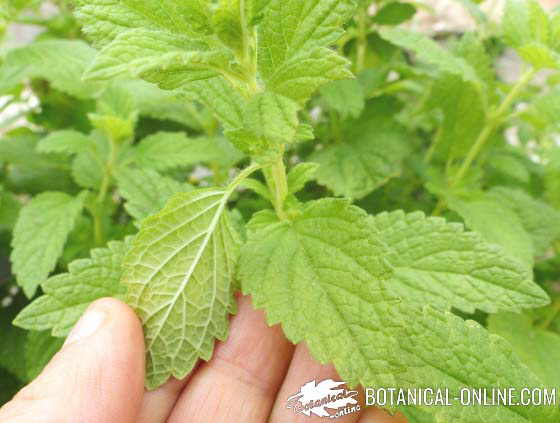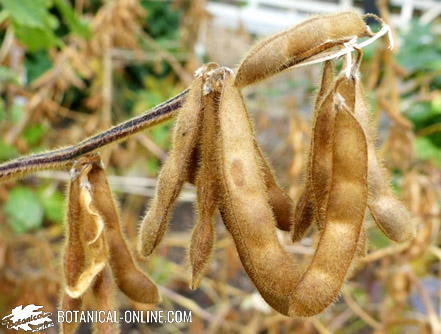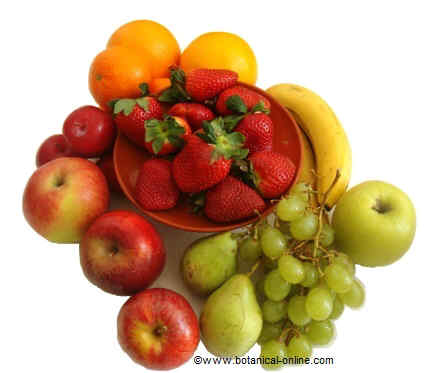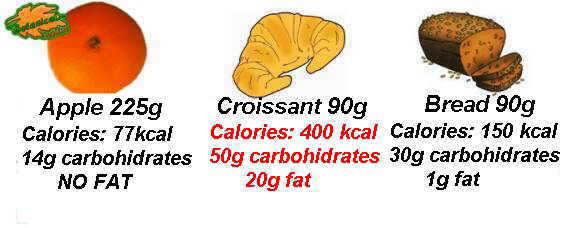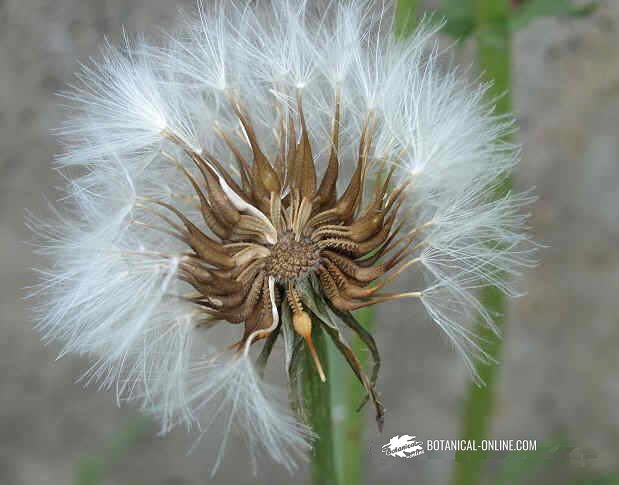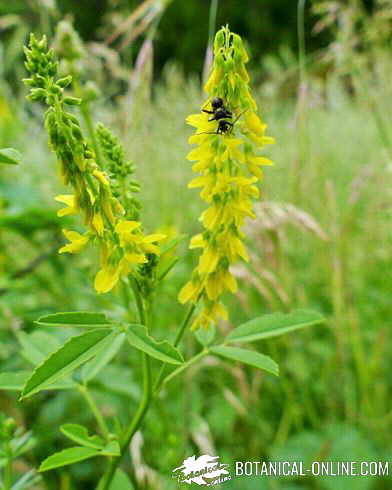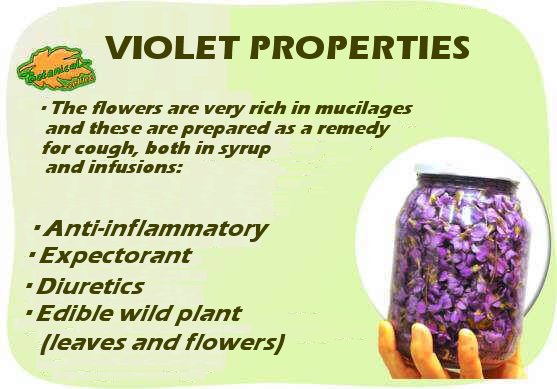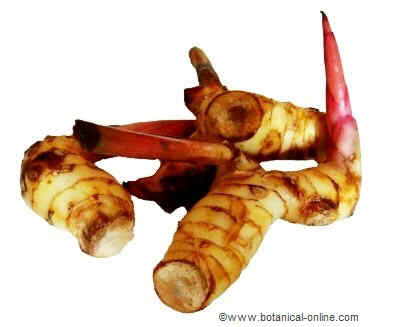Contents
- 1 WHAT ARE NECTARINES LIKE?
- 2 How do you get nectarines?
- 3 How are nectarines different from peaches?
- 4 History of nectarines
- 5 Differences between trees that produce peaches and those that produce nectarines
- 6 How are nectarines produced?
- 7 Varieties or classes of nectarines
- 8 MEDICINAL PROPERTIES OF NECTARINES
WHAT ARE NECTARINES LIKE?
How do you get nectarines?
Nectarines have nothing to do with plums. Many people think that nectarines are fruits obtained by crossing plums with peaches. In reality, nectarines are a variety of peaches, the fruits produced by a variant of peach tree (Prunus persica var nectarina)
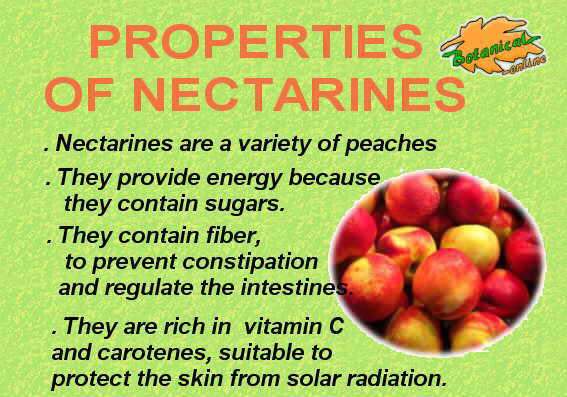
Main healing properties of nectarines
How are nectarines different from peaches?
Unlike peaches, nectarines are characterized by having smooth skin. This condition can occur spontaneously by mutation in the normal trees of a gene that determines the non-existence of the “cotton-like” surface that covers the skin of “normal” peaches (Prunus persica)
History of nectarines
The first nectarines were cultivated in China where they reached great importance to the point that they were considered the “nectar of the gods”.
Just as peaches, there is an extensive bibliography dating back to the early 0th century (the texts written by the Greeks and the Romans speak of them), the historical references of nectarine in Europe are very recent.
There is practically no written text that mentions it until the seventeenth century in England and America, where it was carried by European colonizers, is recorded in the United States for the first time in the eighteenth century.
The reality it was a very important fruit for the Chinese and Roman civilization, but, for the present civilization, it lost much importance until recently when its cultivation, driven by the cultivated varieties in California, has recently returned to importance.
Differences between trees that produce peaches and those that produce nectarines
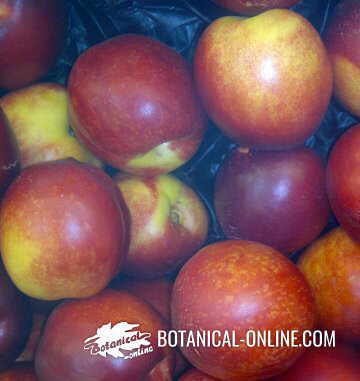 Nectarines
Nectarines

Peaches
There are no differences in the morphology of the trees that produce nectarines from which they produce peaches.
The only difference that distinguishes them are their fruits, which in the case of nectarines, are completely smooth, have reddish skin and a softer and sweet flesh.
How are nectarines produced?
They can be obtained through the crossing of species of peaches trees that will produce nectarines because they contain the gene responsible for smooth skin. Even on a tree that usually produces peaches, branches with genetic variations that will provide nectarines can appear.
Nectarines can be grown in the same places where peaches are grown, but they prefer a much drier climate in which the warm summer weather predominates while the fruits are ripening.
Nectarines in winter resist the cold much more than peaches and can withstand temperatures of up to -7 C in winter. From a soil type point of view, nectarine prefers looser than peach and with a higher nitrogen content.
Varieties or classes of nectarines
Nectarine trees are often used as seedlings for grafting varieties of peach. Also many varieties of nectarines are obtained from grafts on peaches.
Among them the most recognized nectarines, we have:
- Silver King
- Pacific Star
- Magestic giant
- Venus
- August red
- Harvest Sun.
Some varieties of nectarines are not used for their fruits but for their ornamental value, such as the Amstrong variety, a small pink flowered tree that has sometimes is been used as one of the bonsai species.
Composition of peaches and nectarines per 100 g | |||
Components | Raw | Canned with syrup | Nectarines |
| Water | 87,6 gr. | 79,2 gr. | 86,28 gr. |
| Calories | 43 Kcal | 74 Kcal | 49 Kcal |
| Fat | 0,09 gr. | 0,10 gr. | 0, 46 gr. |
| Carbohydrates | 11,10 gr. | 19,94 gr. | 11,78 gr. |
| Fiber | 2 gr. | 1,3 gr. | 1,6 gr. |
197 mg | 92 mg | 212 mg | |
12 mg | 11 mg | 16 mg | |
0 mg | 6 mg | 0 mg | |
5 mg | 3 mg | 5 mg | |
0,14 mg | 0,09 | 0,9 mg | |
0,4 mcg | 0,3 mcg | 0, 4 mcg | |
15 mg | 5 mg | 8 mg | |
6,6 mg | 2,8 mg | 5,4 mg | |
535 IU | 332 IU | 736 IU | |
Vitamin B6 (Pyridoxine) | 0.018 mg | 0,019 mg | 0,025 mg |
Vitamin B1 (Thiamin) | 0,017 mg | 0, 011 mg | 0,017 mg |
Riboflavin (B2) | 0,041 mg | 0,024 mg | 0,041 mg |
Vitamin B3 (Niacin) | 0,99 mg | 0,61 mg | 0, 99 mg |
Vitamina B9 (Folic acid -) | 3 mcg | 3 mcg | 4 mcg |
MEDICINAL PROPERTIES OF NECTARINES
Nectarines have practically the same nutritional properties as peaches, although, as can be seen in the table, they are much richer in vitamin A.
![]() More information on nectarines and other food.
More information on nectarines and other food.

